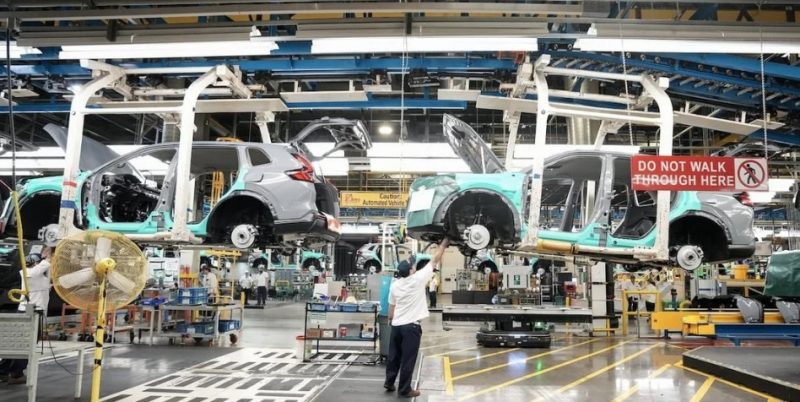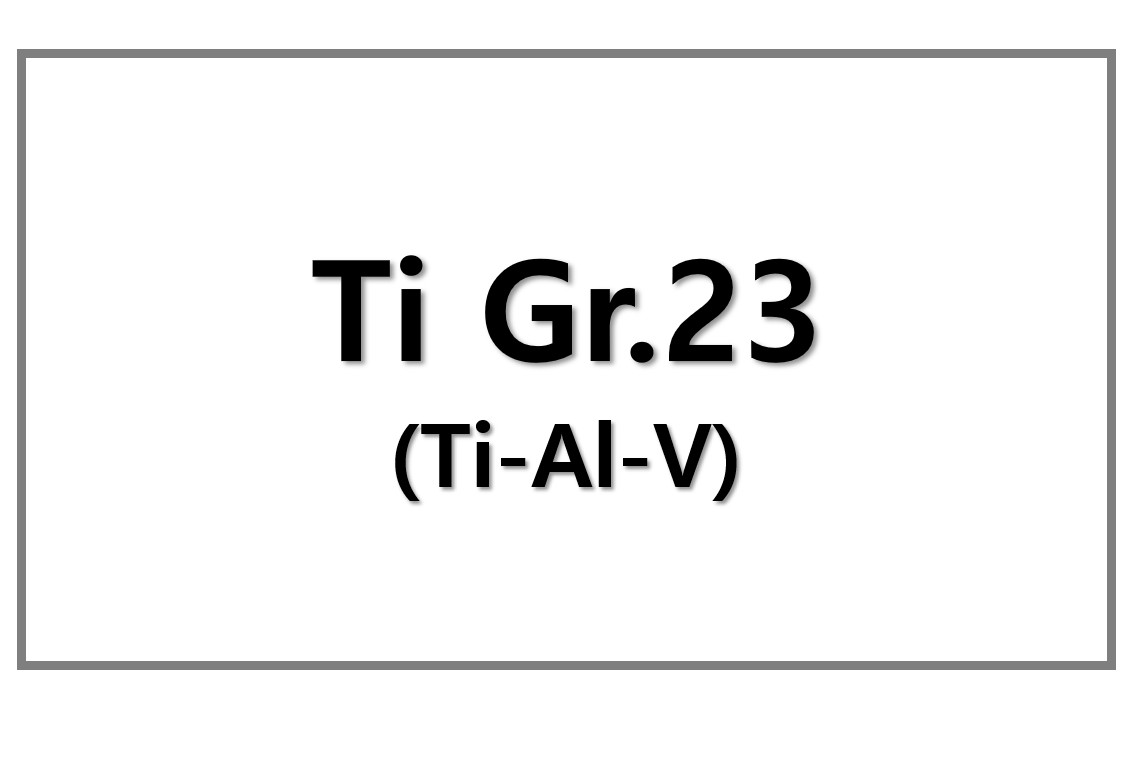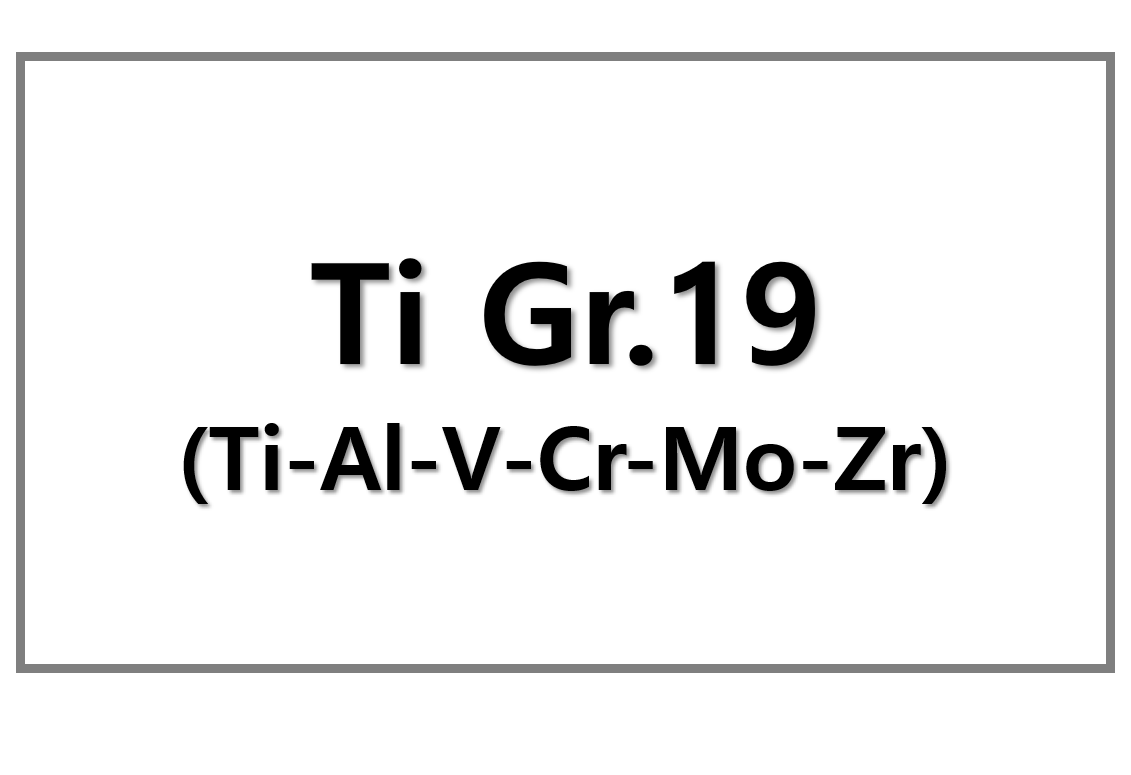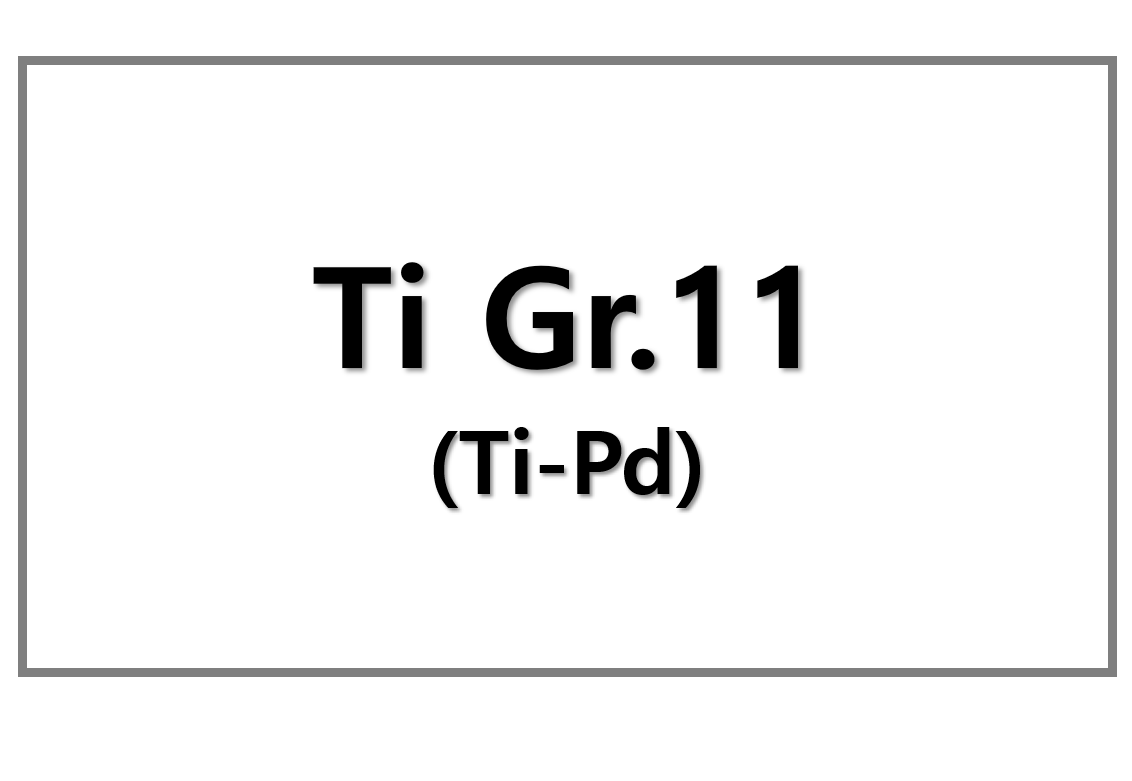
Honda’s Strategy to Increase US Production Amid Tariff Challenges
Honda aims to ramp up vehicle production in the US to counteract the impact of higher tariffs. The company plans to increase daily operating shifts from two to three, boosting output with minimal additional investment. CFO Eiji Fujimura explained that this move prepares Honda for a possible long-term shift in trade policy under the current US tariff structure. This strategy also aligns with the recent trade deal between Tokyo and Washington, which lowered tariffs to 15% from a proposed 25%.
Honda faces significant financial pressure, with operating profits dropping nearly 50% in the April-June quarter. Tariffs accounted for approximately ¥125 billion ($0.85 billion) of this decline. As a result, Honda intends to localize the supply of key components, particularly battery materials, to support increased production of hybrid electric vehicles at its US plants.
The company is also shifting production of the Civic Hybrid 5-door from Japan to its Indiana plant in the US. While initially described as part of an “optimization strategy,” this move also helps Honda reduce exposure to tariffs. Honda produced nearly 495,000 vehicles in the US during the first half of 2025, marking a slight decline from the previous year. However, US exports from the company increased almost fivefold, signaling a strategic pivot in its North American operations.
SuperMetalPrice Commentary:
Honda’s decision to boost US production reflects broader trends in the automotive sector, where companies must adapt to evolving trade policies. Localizing supply chains, especially for battery materials, remains critical as automakers face tariff-related cost pressures. Honda’s approach could set a precedent for other Japanese manufacturers adjusting to the “new normal” in global trade dynamics. Investors and industry watchers should monitor how these shifts impact supply chains and pricing in the competitive US auto market.











Leave a Reply
You must be logged in to post a comment.